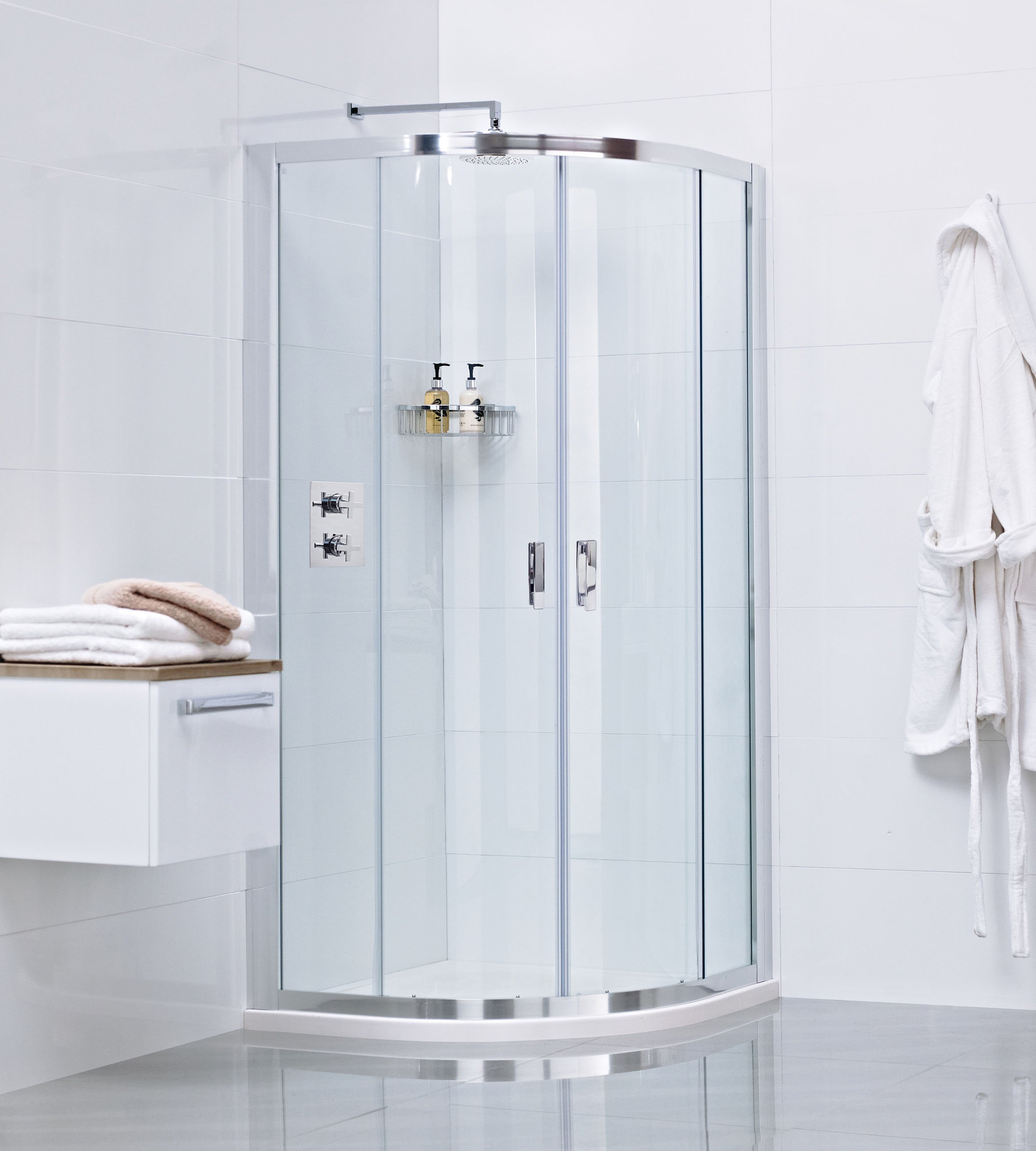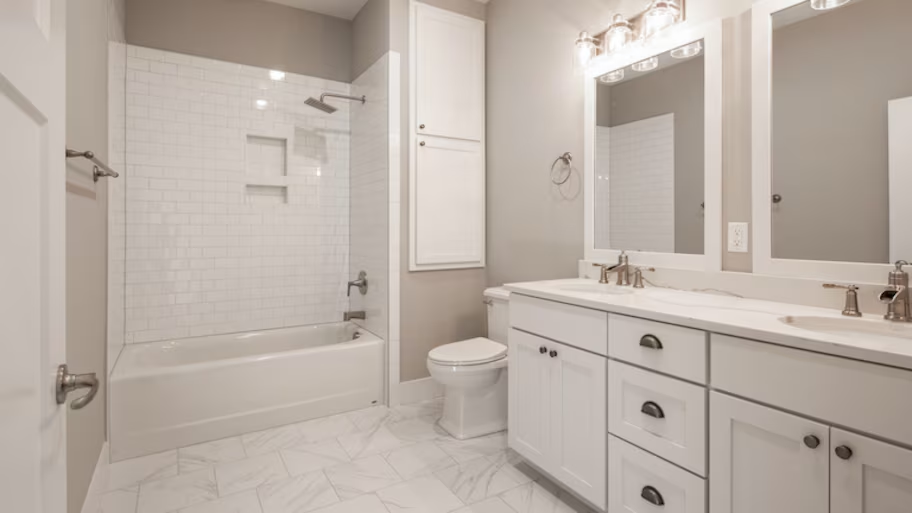What are your ideas with regards to How to Install a One-Piece Shower Unit?

A successful shower setup requires careful preparation and a lot of work. In many cases, you will require to do three types of jobs: mounting walls, setting up the plumbing, and completing walls.
Prep work
First of all, you must select the type of shower that you wish to set up. It is essential to identify whether the chosen shower can dealing with particular systems and can control a safe level of water with the boiler. Many shower systems nowadays are made to be flexible to various water stress (such as saved hot water and cold mains).
It is likewise crucial to consider the water pressure as well as the planning of the piping as well as drain for the shower
Different Types of Shower Units
Method
Depending on the sort of shower you desire to mount, the shower head must either be suited order to prevent its contact with the water in the bath listed below or the base tray, or it should have a check valve.
Prior to starting, it is a good idea to mark the positions of the shower head and control, and also to intend the pipe-work entailed. Additionally, the drainage system to remove the waste water will certainly require to be prepared. Both settings of the cable path as well as the shower switch will likewise require to be thought about if a rapid or electric shower unit is being installed.
Make use of the direction guide offered with the shower device to fit the shower control.Before fitting the pipelines that will provide the water to the shower system, it is essential to remove the supply of water. In order to shield the pipelines, they ought to be offered a water-proof covering as well as additionally fitted with isolating valves. The pipelines can then be buried right into the wall and glued over to neaten the overall look.
Fit the base tray, shower head, and installations.
Link the main shower control to the pipelines that will be supplying the water (This might need a women screw thread adapter).
Reconnect the supply of water as well as examination the pipelines for any leaks, as some may require tightening up.
If you are mounting an electric shower, bear in mind to turn off the electricity supply prior to making any electric links. Once these connections have been made (there must be advice within the user's manual), the power supply can be switched back on.
Adjusting Water Stress to Suit Your Shower
The cold water reservoir can be lifted to a higher elevation (sometimes as low as 150mm (6inches)) by fitting a solid wood assistance under it - possibly composed of struts and blockboards. If you choose this option, the main and distribution pipes will likewise need to be increased to satisfy the new height of the storage tank.
Conversely, a booster pump (a solitary pump or a dual/twin pump) can be fitted. Whichever type is chosen, it needs to be linked into the power supply in order to run.
Piping as well as Drainage
It is best to use 15mm size supply pipes, and also make the go to the shower as brief and also straight as possible so as to maintain maximum stress and also minimise heat loss. In addition, by minimising the use of arm joints for pipeline edges, you can reduce the resistance in the flow of the supply of water. You can achieve this by flexing the pipes rather.
Most Typical Blunders
Types Of Shower Enclosure: Which One Is Good For You?
Showers were god made. Common waterfall was the first ever natural shower mankind used. It rinses the bathers clean from head to toe and provide an efficient way of bathing.
Taking inspiration from nature, man designed the indoor shower. A dedicated room was built for the purpose of having a shower and was called the wet room. On the go, this became an essential space in a house.
We have seen people equipping their bathrooms with premium showerhead, soap and toothbrush holders, elegant faucets which give a contemporary look to bathrooms. However, most people do not understand the importance of keeping the bathroom dry and do not concentrate much on shower enclosures.
What are the advantage of using a shower enclosure?
To provide privacy To prevent water from flooding outside the bath area It makes the space more organized Types of shower enclosure doors – Sliding vs Hinged; Framed vs Frameless
Sliding shower doors are ideal as a space saving measure for smaller sized bathrooms. They could consist of 2 or 3 panels. However, it could be more difficult to maintain and clean the sliding tracks. The sliding door could also get stuck or the tracks could get bent. Hinged shower doors provide a larger opening into the wet area and ideal for large sized bathrooms. The hinges, though, could rust and the water may escape the shower door. Shower enclosure doors may also be framed or frameless. Frameless shower doors appear more elegant and have a clean, premium look. Most modern homes opt for the frameless option. They are also easier to maintain. However, they are costlier compared to the framed options. Framed shower doors are cheaper and have an easier installation. The frames may corrode over a period of time. https://buildpro.store/blogs/ideas/4-types-of-shower-enclosure

I discovered that blog posting about How to Install a Freestand while scouting around the internet. Are you aware of another individual who is inquisitive about the topic? Why not share it. Thanks for your time invested reading it.
Call Today